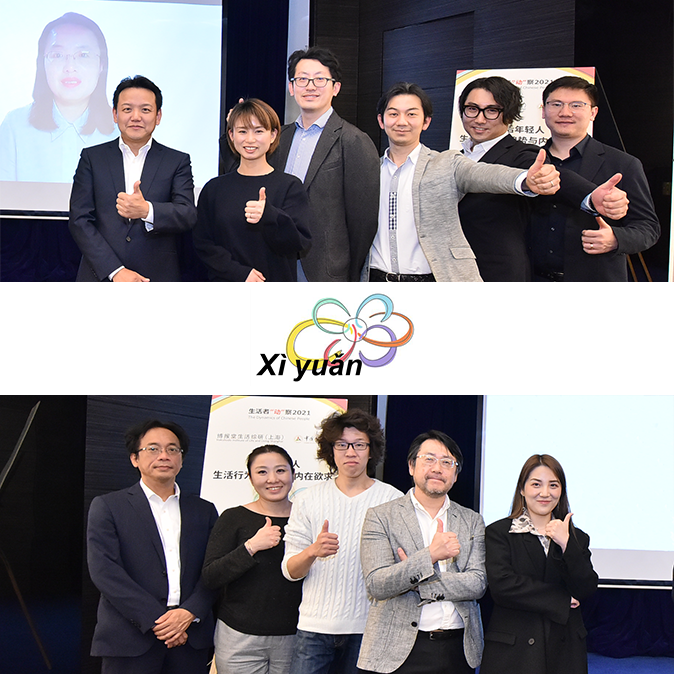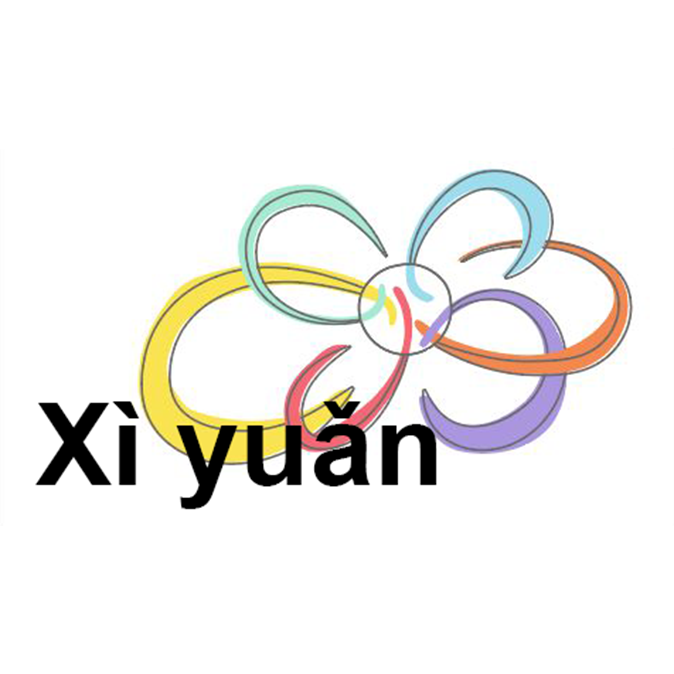- News
- Research
- Events
- HILL
Hakuhodo Institute of Life and Living Shanghai unveils The Dynamics of Chinese People 2023
Chinese sei-katsu-sha to make a brand-new start in a vibrant post-pandemic era
Tokyo—January 12, 2024—Hakuhodo Institute of Life and Living Shanghai (HILL Shanghai) unveiled the 11th set of findings from its The Dynamics of Chinese People research project jointly conducted with the School of Advertising at the Communication University of China at their first offline launch event in four years, in Beijing, China. The research theme for this year was “The Real Lives of Chinese Sei-katsu-sha* Poised to Make a New Start in a New Era.” As consumption behavior remained weak throughout 2023, we examined the situation of people in China, sensing signs of a shift in what sei-katsu-sha are doing.
In the 2010s, Chinese sei-katsu-sha focused on advancing toward their goals in terms of successful careers and keeping pace with social trends, against the backdrop of rapid economic growth and social transformation. As economic growth slowed and changes in their living environment became less pronounced compared with the extraordinary pace in the mid-2010s, however, people are turning more toward their private life, identifying their own goals to expand their personal world in multiple directions, not merely chasing after the latest trends. In this year’s research, we found that Chinese sei-katsu-sha are starting to move toward their own goals using a lighter touch, without putting too much pressure on themselves. We thus characterized the current behavior of Chinese sei-katsu-sha as “Qīng qǐ,” expanding their personal world at their own pace using a light touch.

HILL Shanghai believes that the trend points to a new attitude developing among Chinese sei-katsu-sha, which is different from those observed in recent years including nèi juǎn (be mired in excessive competition with school or work peers) and tǎng píng (“lie flat,” or lose motivation to work hard).
At the launch event on January 11, HILL Shanghai gave a briefing on the real lives of Chinese sei-katsu-sha seeking a lifestyle to match the new era, as exemplified by the Qīng qǐ behavior. It also made a presentation on how businesses should modify their marketing activities in line with this Qīng qǐ movement.
For the report distributed at the launch (available in Japanese and Chinese), please contact HILL Shanghai at: news@hakuhodo-shzy.cn
Data
(1) Changes in what Chinese sei-katsu-sha are doing
More people are enjoying individual hobbies at the expense of learning/upskilling, gaming and team sports.
A look at what sei-katsu-sha are actively doing or enjoying reveals a shift from 2019 toward a variety of hobbies that they can start on their own, including the arts of tea ceremony, calligraphy and flower arranging, and painting and cooking, in addition to volunteering, travel, and recent fads like camping and owning a pet, at the expense of learning/upskilling, gaming, ball games and other team sports, and eating out with friends (Data 1).
Data 1: Things that Chinese sei-katsu-sha are doing or enjoying (2023 vs. 2019)
 * For analysis purposes, the horizontal axis indicates the change in response in 2023 vs. 2019 and the vertical axis shows the percentage of people responding that they are doing or enjoying the activity in 2023
* For analysis purposes, the horizontal axis indicates the change in response in 2023 vs. 2019 and the vertical axis shows the percentage of people responding that they are doing or enjoying the activity in 2023Source: “Survey on Lifestyle Changes among Chinese Sei-katsu-sha,” Hakuhodo Institute of Life and Living Shanghai
(2) Context of the changes in things that Chinese sei-katsu-sha are doing
Shifting their focus from communities/groups to the individual, sei-katsu-sha in China have found what they really want to do and are beginning to set their own goals.
China has led the world in the digitalization of life and living, but changes in their living environment have slowed in recent years. Furthermore, an increasing number of Chinese sei-katsu-sha are feeling somewhat unfulfilled with aimlessly spending even more time watching the ever-expanding content on their smartphone (Data 2). As they feel fewer chances for a promotion or a pay raise at work (Data 3), Chinese sei-katsu-sha are apparently less inclined than before to acquire useful knowledge or skills that might assist them with their jobs.
Accordingly, more sei-katsu-sha are putting more emphasis on their private lives than on a successful/self-fulfilling career, seeking more fulfillment in their lives by enriching their hobbies (Data 4). Consequently, we might be witnessing a shift from an era when people’s objectives were to achieve a successful career and keep pace with changes and trends in society, to an era of prioritizing the enrichment of private life, setting their own goals and looking to expand their personal world in multiple directions.
Data 2: Changing attitudes toward spending time on a smartphone
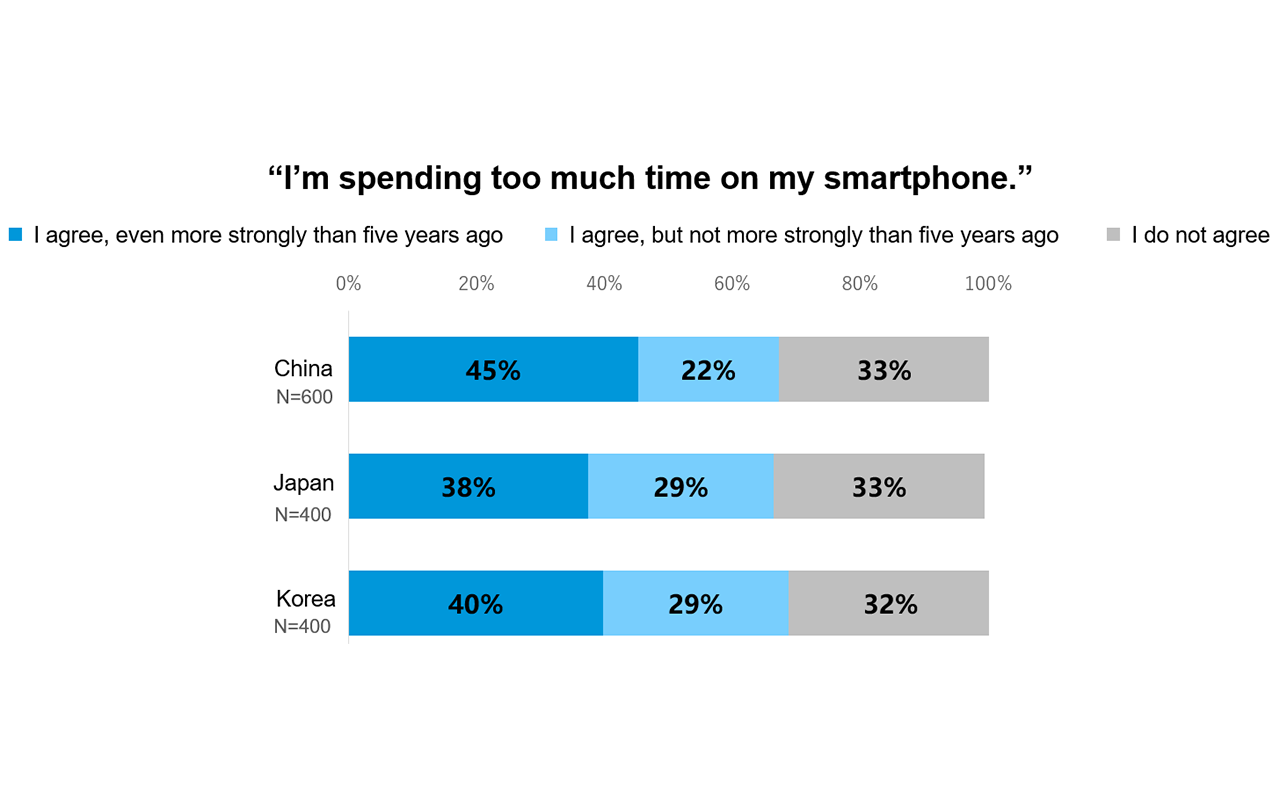 Source: “Survey on Lifestyle and Behavioral Changes in China, Japan and Korea,” Hakuhodo Institute of Life and Living Shanghai
Source: “Survey on Lifestyle and Behavioral Changes in China, Japan and Korea,” Hakuhodo Institute of Life and Living Shanghai
Data 3: Changing attitudes toward promotions/pay raise
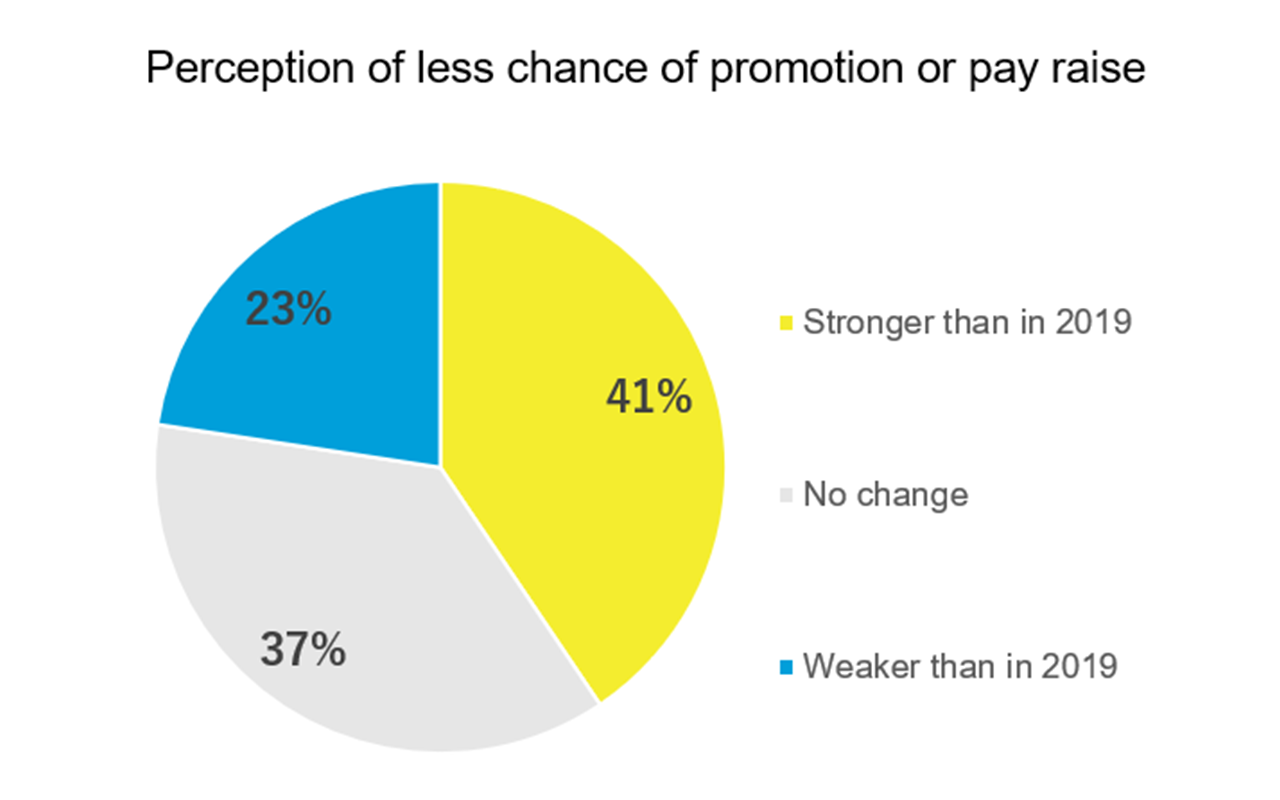 Source: “Survey on Lifestyle Changes among Chinese Sei-katsu-sha,” Hakuhodo Institute of Life and Living Shanghai
Source: “Survey on Lifestyle Changes among Chinese Sei-katsu-sha,” Hakuhodo Institute of Life and Living Shanghai
Data 4: Changing attitudes toward private life
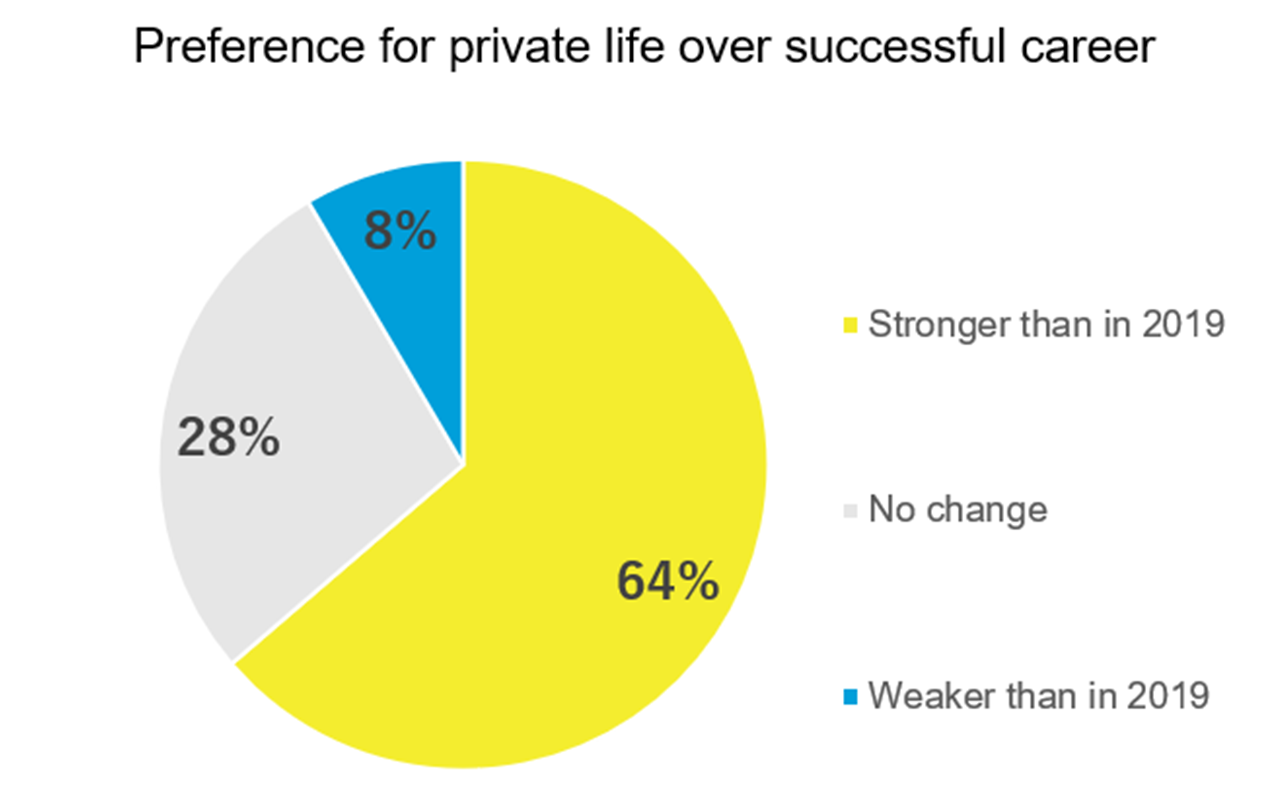 Source: “Survey on Lifestyle Changes among Chinese Sei-katsu-sha,” Hakuhodo Institute of Life and Living Shanghai
Source: “Survey on Lifestyle Changes among Chinese Sei-katsu-sha,” Hakuhodo Institute of Life and Living Shanghai
(3) Perceived hurdles for Chinese sei-katsu-sha in initiating something new, and how they address them
Specific hurdles include: Lack of time, lack of confidence in adopting/following through, lack of information and lack of people to do it with. But instead of tackling these challenges head on, Chinese sei-katsu-sha are finding ways to overcome or dodge these obstacles with a light touch.
People face hurdles when deciding to initiate and follow through with something new. Asked about the difficulties of starting and continuing something new, the No. 1 response among Chinese sei-katsu-sha was Lack of time. Lack of money was less of a concern, coming in at No. 7. Other major obstacles included: Lack of confidence in adopting/following through (No. 2), Lack of information (No. 3) and Lack of people to do it with (No. 4) (Data 5).
Through an interview about how they are overcoming those hurdles, we found that Chinese sei-katsu-sha are mostly overcoming or dodging the hurdles using a light touch, without putting too much pressure on themselves (Data 6).
Data 5: Perceived hurdles when starting or following through with something new
(Base: Respondents who reported to have started something new)
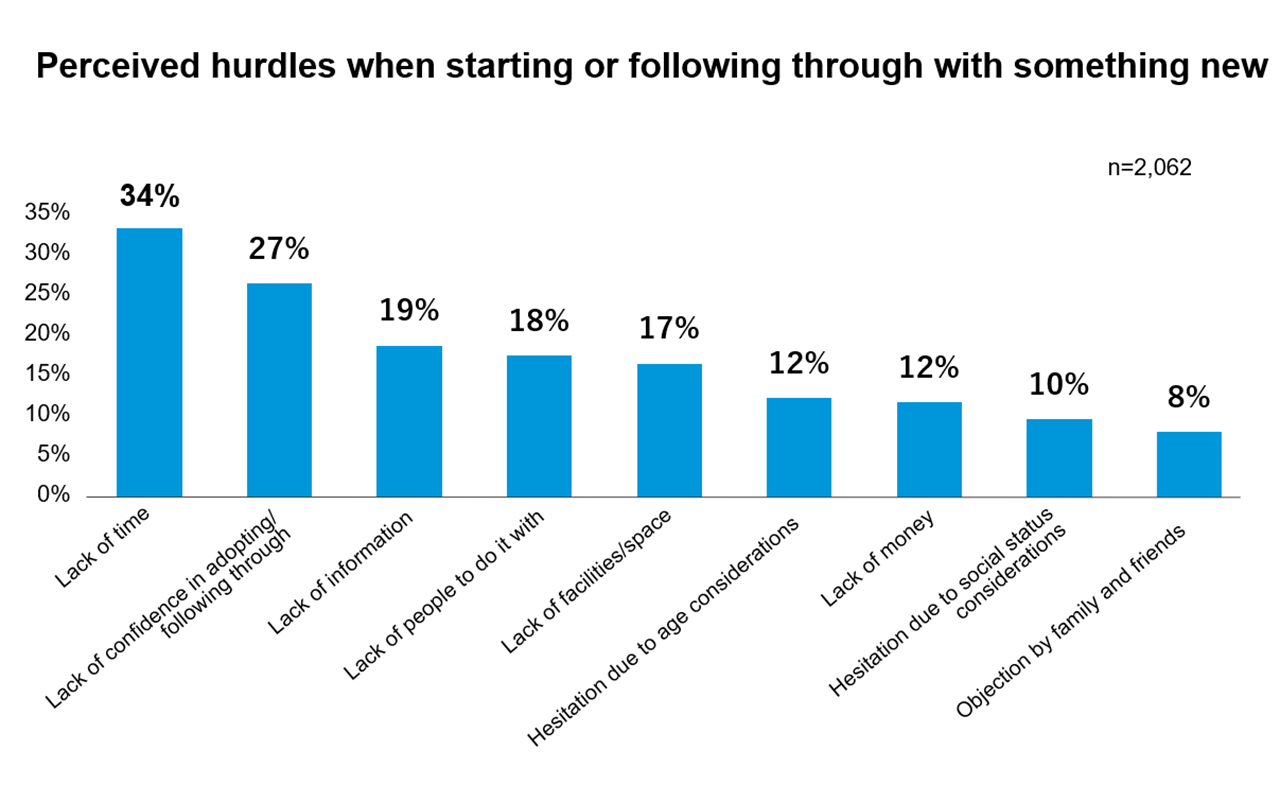 Source: “Survey on Lifestyle Changes among Chinese Sei-katsu-sha,” Hakuhodo Institute of Life and Living Shanghai
Source: “Survey on Lifestyle Changes among Chinese Sei-katsu-sha,” Hakuhodo Institute of Life and Living Shanghai
Data 6: Perceived hurdles when starting or following through a new hobby/learning activity, and how they address them
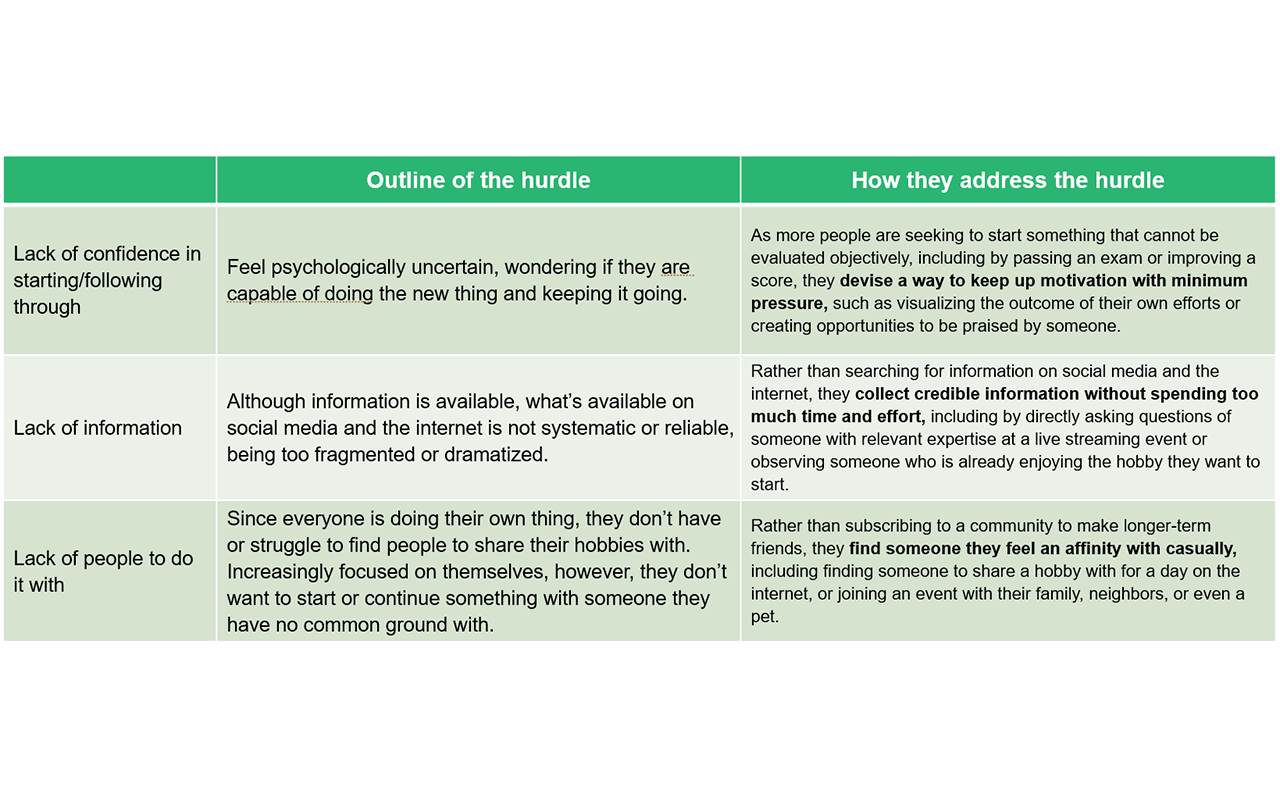 Sources: Adapted from “Interview Study on Chinese Sei-katsu-sha Making a New Start in 2023” and “China Trend Watch,” a collection of case studies for trend analysis, Hakuhodo Institute of Life and Living Shanghai
Sources: Adapted from “Interview Study on Chinese Sei-katsu-sha Making a New Start in 2023” and “China Trend Watch,” a collection of case studies for trend analysis, Hakuhodo Institute of Life and Living Shanghai
(4) Keyword to describe the behavior of Chinese sei-katsu-sha going forward
From nèi juǎn and tǎng píng to Qīng qǐ, or expanding one’s personal world using a light touch
HILL Shanghai found that Chinese sei-katsu-sha are setting their own goals and looking to expand their personal world in multiple directions. And they are using a light touch to overcome or dodge the hurdles faced in attaining these goals. It dubbed this new behavior Qīng qǐ, which means expanding one’s personal world at one’s own pace using a light touch.
Nèi juǎn (be mired in excessive competition with school or work peers) and tǎng píng (“lie flat,” or lose motivation to work hard) have been keywords among Chinese sei-katsu-sha in recent years. With slowing economic growth and social environment change, merely winning amid harsh competition no longer ensures a reasonable return. They would rather take it a bit easier and “lie flat.” Chinese sei-katsu-sha often used these keywords to describe their own living situation.
In 2023, as the post-pandemic era became a reality, however, sei-katsu-sha started doing something different on their own. Even when faced with hurdles in initiating or following through with something, they continue to move forward by overcoming or dodging the hurdles using a light touch, without putting too much pressure on themselves. Even though Chinese sei-katsu-sha still engage in nèi juǎn or talk about tǎng píng sometimes, HILL Shanghai believes that their emerging attitude is best characterized by the word Qīng qǐ. It remains committed to monitoring relevant developments.

Outline of surveys conducted in relation to this research
- Survey on Lifestyle Changes among Chinese Sei-katsu-sha
Sample size: 3,000
Respondent qualifications: Males and females aged 20–49, living in Tier 1–3 cities
Survey method: Internet survey
Survey period: December 2023
Conducted by: Shanghai Zhongyan Network Technology Co., Ltd.
- Interview Study on Chinese Sei-katsu-sha Making a New Start in 2023
Sample size: 22
Respondent qualifications: Males and females aged 20–49, living in Tier 1–3 cities
Survey method: One-on-one in-depth interviews
Survey period: October–November 2023
Conducted by: Shanghai Horizon Research Co., Ltd.
- Survey on Lifestyle and Behavioral Changes in China, Japan and Korea
Sample size: 1,400
Countries surveyed: China (Beijing, Shanghai, Guangzhou), Japan (Tokyo, Osaka) and Korea (Seoul, Busan)
Respondent qualifications: Males and females aged 20–49
Survey method: Internet survey
Survey period: September 2023
Conducted by: Opinion Research Shanghai Boyu Co., Ltd.
* “Sei-katsu-sha” is a term we use to describe people not simply as consumers, but as fully rounded individuals with their own lifestyles, aspirations and dreams.















